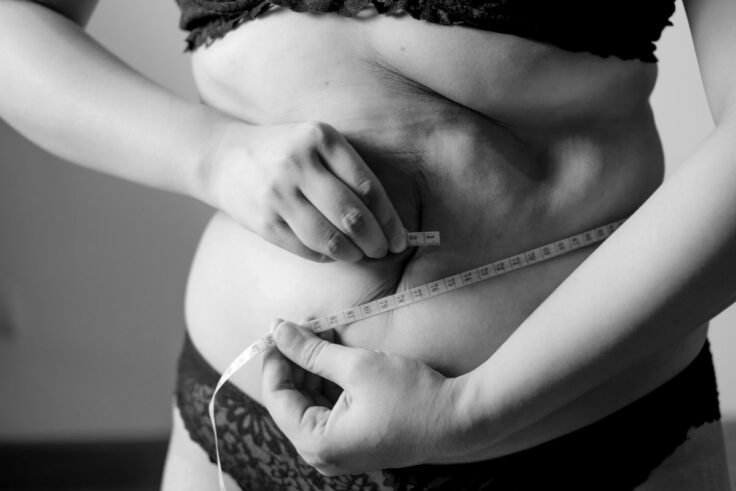How To Track Your Progress During Your Fitness Journey

There are different ways to track your fitness progress. Stepping on a scale is, without a doubt, one of the most popular ones.
However, the scale doesn’t always give a full picture. Sure, it is important to see how many pounds you’ve lost if your goal is weight loss. However, that’s not the only important thing.
If you had self-esteem issues stemming from your overweight problem, a scale wouldn’t tell you how well you’re performing mentally.
Therefore, you need to track your progress holistically to get a clearer picture.
5 Steps To Properly Track Your Fitness Progress
Below are some insightful tips on how you can track your fitness progress:
1. Measure Your Body
When using a scale to track your fitness progress, it’s easy to get confused because you may interpret muscle gains for fat gain.
Both gains will reflect on the scale, but they mean two completely different things. That’s why you need to do more than reading the scale.
Take a tape measure and measure body parts like the hips, arms, thighs, and biceps once per week or month. That will show you whether you are losing body fat in those regions or not.
If your goal is to put on some muscles, measuring your biceps, arms, and thighs can also tell you how well you’re performing.
Keep in mind that muscle is usually denser than fat. Therefore, the size of your hips and arms will drop and feel denser if you’re adding lean muscle mass.
2. Keep A Journal
Journaling is another great way of tracking your progress. The best part is that keeping a journal can also demonstrate your mental progress over time.
There are several things you’ll need to note down in your journal. First, you can start with your workouts. What types of workouts do you do, and how well do you perform them? Write every detail down.
For example, if you struggle to run past a particular distance, note down that distance. Then, in a few weeks or months, you’ll read your journal and see how far you’ve come.
The other thing you want to write in the journal is your feelings. How are you feeling mentally about where you are in your fitness journey at the moment. Write down all the struggles and excitement.
Again, in a few weeks or months, you’ll read the journal and see whether you’ve progressed mentally.
3. Track The Workouts
Keep track of your workout sessions at all times. If you do aerobic exercises like running, jogging, or even walking, check the distance and time it takes to complete your workout.
This pretty straightforward technique can help you stay on top of your day-to-day progress.
You can also use that to challenge yourself. For example, if it took an hour to complete your morning run, try and aim for 50 minutes the next day. Or increase the distance.
4. Use Smartphone Apps And Other Gadgets
Another great way of tracking your fitness progress is through smart gadgets. Find smartphone apps that can help you monitor the calories you’re consuming and burning every day.
You can also invest in fitness trackers that capture and maintain accurate data. Alternatively, you can get a smartwatch with a fitness tracking feature.
The beauty of fitness trackers is they also help with sleep tracking. That’s critical because sleep quality influences your fitness progress. Your body needs sleep to rest and recover.
Besides fitness trackers and smartwatches, you can also use smart rings. The rings are designed with modern tech for sleep and fitness tracking and the best part is that rings are more compact and easier to wear than the alternative gadgets.
5. Keep Track Of How Your Clothes Fit
Clothes can also help demonstrate fitness progress. Go through your wardrobe and find clothes you want to fit into. It’s also okay to purchase a new piece of cloth for this purpose.
Then, use the cloth to track your progress. Try the cloth from the first day of training, then try it again occasionally while monitoring how well it fits you each time.
To sum it up, tracking your progress is critical for knowing whether your hard work is paying off. However, you shouldn’t be too obsessed with monitoring your progress.
For example, don’t measure your hips and arms several times a day or even every day. That’s the easiest way to give yourself anxiety.
The Takeaway
You should track such progress every once in a while. You can measure your arms and hips once every week or two weeks, for example. You can also test the fit of your clothes once every month.
In the meantime, focus on being consistent with your workouts. The results will start to show in no time.